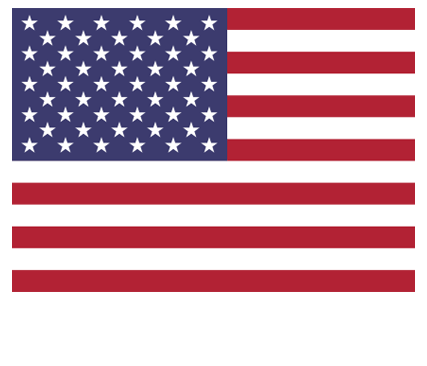Thermoforming is often a great cost reduction when producing custom products.
Thermoforming methods can be used to reduce cost by eliminating painting and some sub assembly operations. This, combined with the ability to mold in unique geometries that can replace components and additional hardware, are just few ways to cut costs.
Take our Door- In-a Door Refrigerator Door program for example. We used this similar theory in the design stage of the product to produce and improve the Door-In-A-Door program. Spencer Industries worked with the customer to develop a new twin sheet formed version of this product that greatly reduced the number of component parts and the overall cost, while yielding a product that was as aesthetically pleasing and functional as its predecessor.
Twin sheet thermoforming is one of the thermoforming methods that can be used. We chose the twin sheet thermoforming process on this door, which eliminated the sub-assembly of the traditional separate interior and exterior injection molded pieces. Our process allowed us to trap hidden structural components between the two sheets.
This provided a huge savings for our customer!
Feel free to contact us to review your cost cutting needs.


